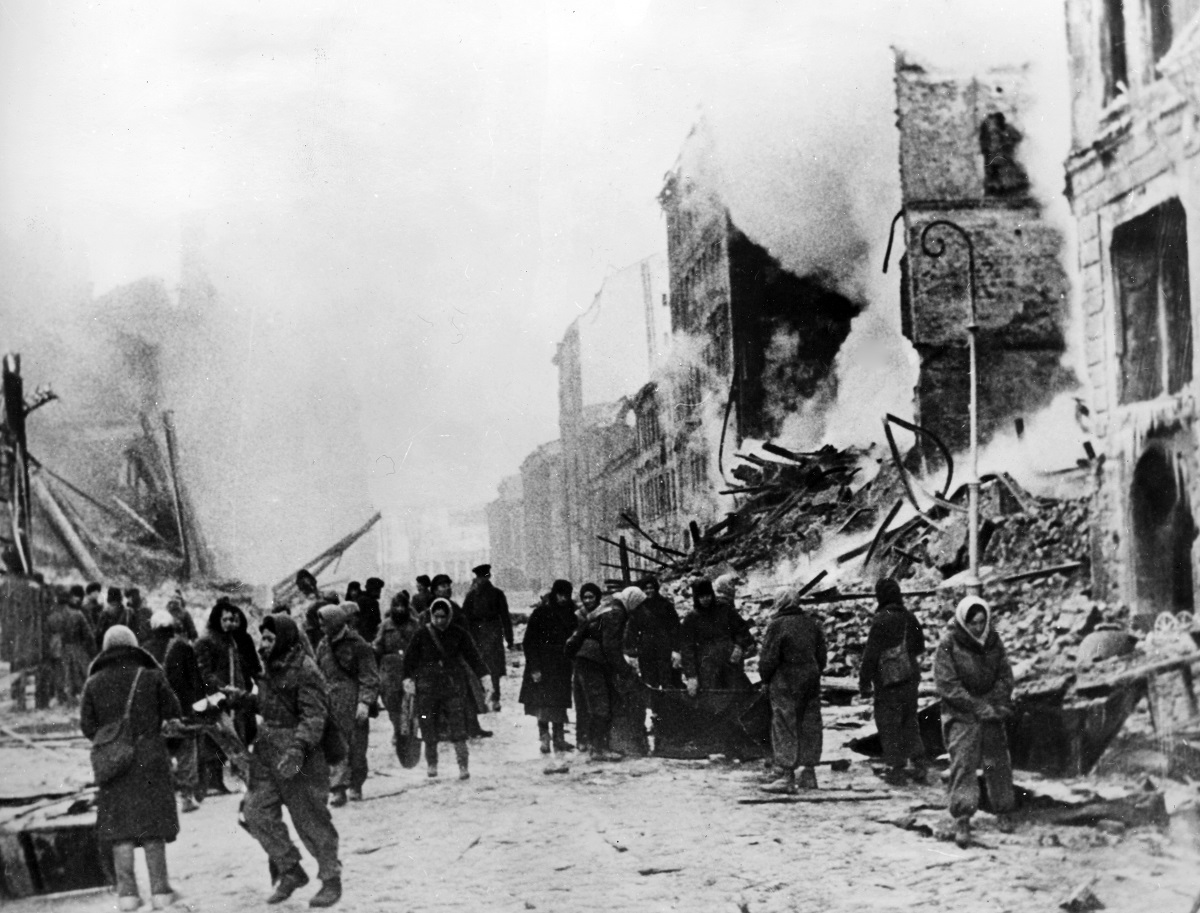War is not known for its friendliness, but throughout history, combatants have often abided by unspoken rules that try to limit unnecessary damage or suffering for those involved. Sometimes, though, the rules are broken, unveiling the true brutality of war. This can happen during vicious, drawn-out wars, or wars that are motivated by hatred.
Although some consider the idea of labeling certain actions as “too far” during a time of war nonsensical, here is a list of five particularly brutal methods of war.
Gas attacks
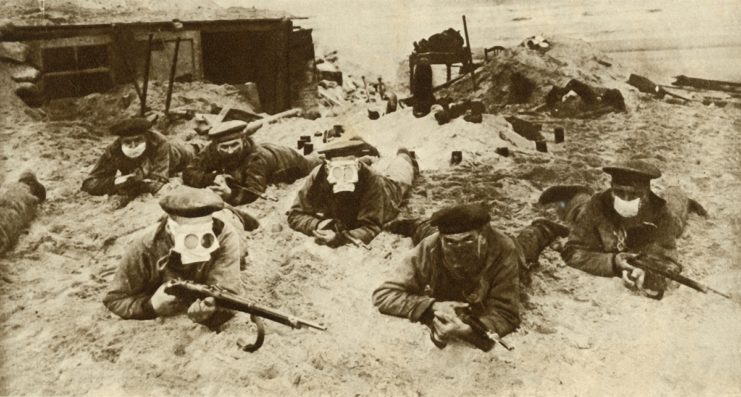
The conditions on WWI battlefields were perhaps some of the worst in history. Much of the equipment and tactics used in the Great War was not invented during it but was perfected there. In fact, some methods of killing were so brutal that they were outlawed. Troops faced aerial attacks, bombs, machine guns, shotguns, mines, and artillery, yet one of the worst was gas.
A number of different chemical weapons were used during WWI, including chlorine, mustard, and phosgene gas. These gasses attack the respiratory system, eyes, and skin and can kill in high enough concentrations. Phosgene gas can kill days after exposure.
Although gas attacks weren’t a very effective weapon for killing, they were absolutely terrifying and caused tremendous psychological fear.
Firebombing of Japan
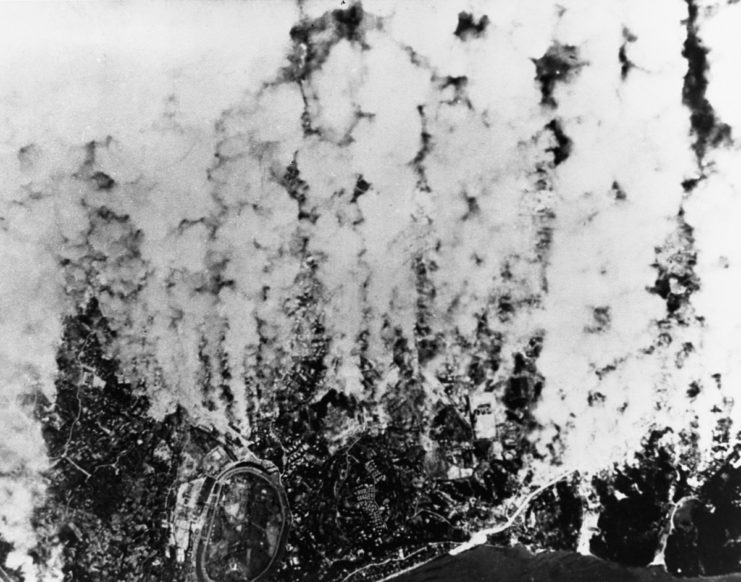
Although it is largely overshadowed by the war in Europe, the fight against the Japanese in the Pacific was exceptionally vicious. The combatants involved regarded each other as vermin not worthy of life, resulting in the horrible treatment of each other that commonly crossed into the sadistic. The Japanese also fought to the last man, often choosing suicide over surrender.
The Allies knew that should the war ever move onto the Japanese mainland the death toll would be astronomical. To stop the Japanese before this happened the US started striking their vulnerable wooden cities. Attacking the cities with fire was the most effective method. One air raid on Tokyo killed 100,000 civilians and left 1 million more homeless. It was the single worst bombing raid in history.
Some argue that the two atomic bombs dropped on Japan were a much less costly alternative for life than continued firebombings.
A siege
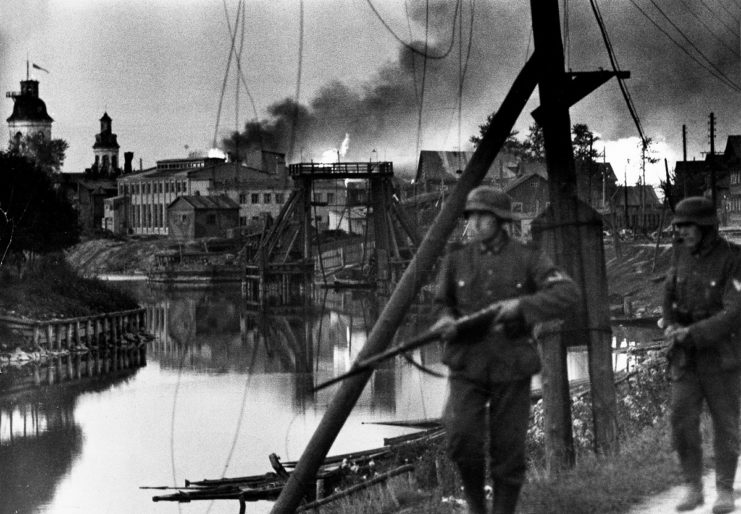
Few military tactics are as effective as a siege. It can allow an army to starve the enemy of supplies and a means to retaliate simply by blocking off their access to the outside world. It is particularly useful against a fortified position, which would likely cost many lives if a conventional assault was thrown against it.
The conditions among the besieged can range from relative discomfort to absolute horror. As starvation sets in, the inhabitants, which are often civilians, become increasingly desperate.
The Siege of Leningrad was one of the worst in history, lasting from September 1941 until January 1944. During this time those living in the city experienced some of the worst conditions imaginable. Starvation was so bad that people ate their own pets, leather belts, fabric, and even grease. There are also some reports of cannibalism. Over 1 million civilians died over the course of the siege.
Trampled by Romans
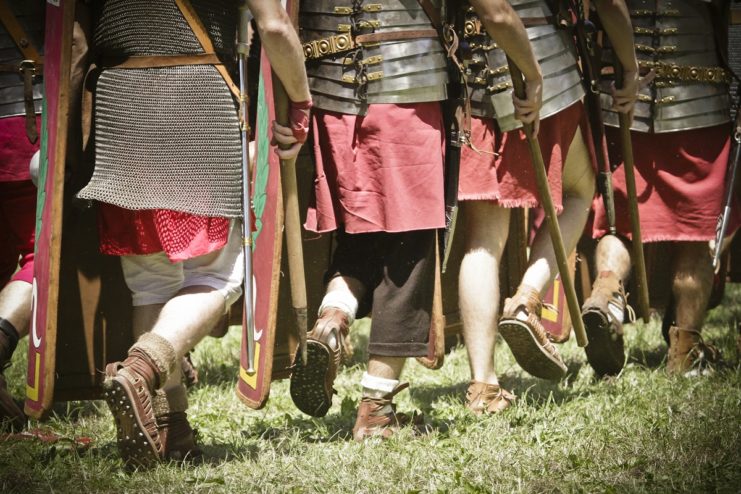
The Roman Empire was able to streamline its military tactics over its thousand-year existence, with the Roman legionnaires being well equipped and trained. In combat, they operated in tightly arranged formations known as cohorts that advanced as one across the battlefield.
Each man was an efficient fighting machine kitted out with a shield and sandals called caligae.
These sandals were not a fashion accessory, but a terrifying weapon. As the formation advanced they would clash with the enemy, ideally killing them quickly. However, for those that were unlucky enough to fall victim to the cohort but survive, the Roman sandals ensured they too would join their fallen comrades. On the underside, they were covered in nails that gave the soldiers grip while moving. These also doubled as weapons to kill any survivors who got caught under the cohort. The formation carried on over the top of their enemies, which were trampled to death by Roman feet.
Conquering with genocide
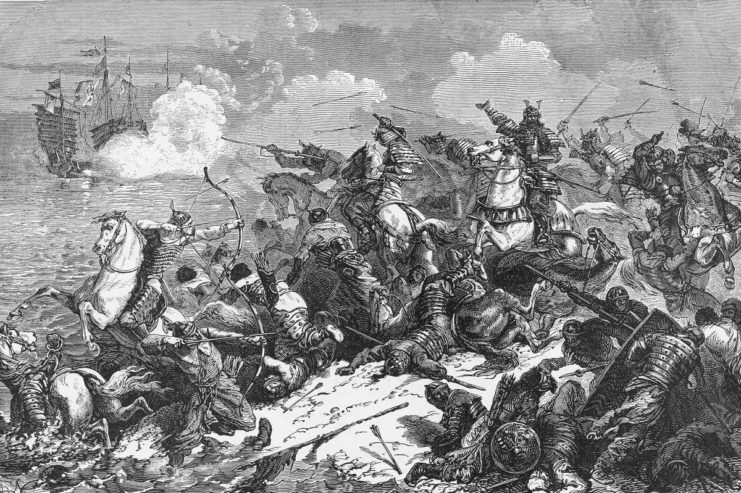
Genocide is an age-old tactic that has been used over and over for its simplicity. Killing large numbers of people can stop threats or serve as a deterrence. The Mongols had a special interest in this. After conquering enemy territories they wouldn’t just occupy them, they would then commit mass genocide and kill off the local population.
The tactic was extremely useful for the Mongols, as it allowed them to replace any potential opposition with their own people, and it earned them a fearsome reputation. If the Mongols were outside your city and demanding your surrender, you did so because you knew what came next. This allowed huge amounts of territories to be gained in an extremely efficient way without much bloodshed. It is estimated that the Mongols killed 11% of the Earth’s population.
